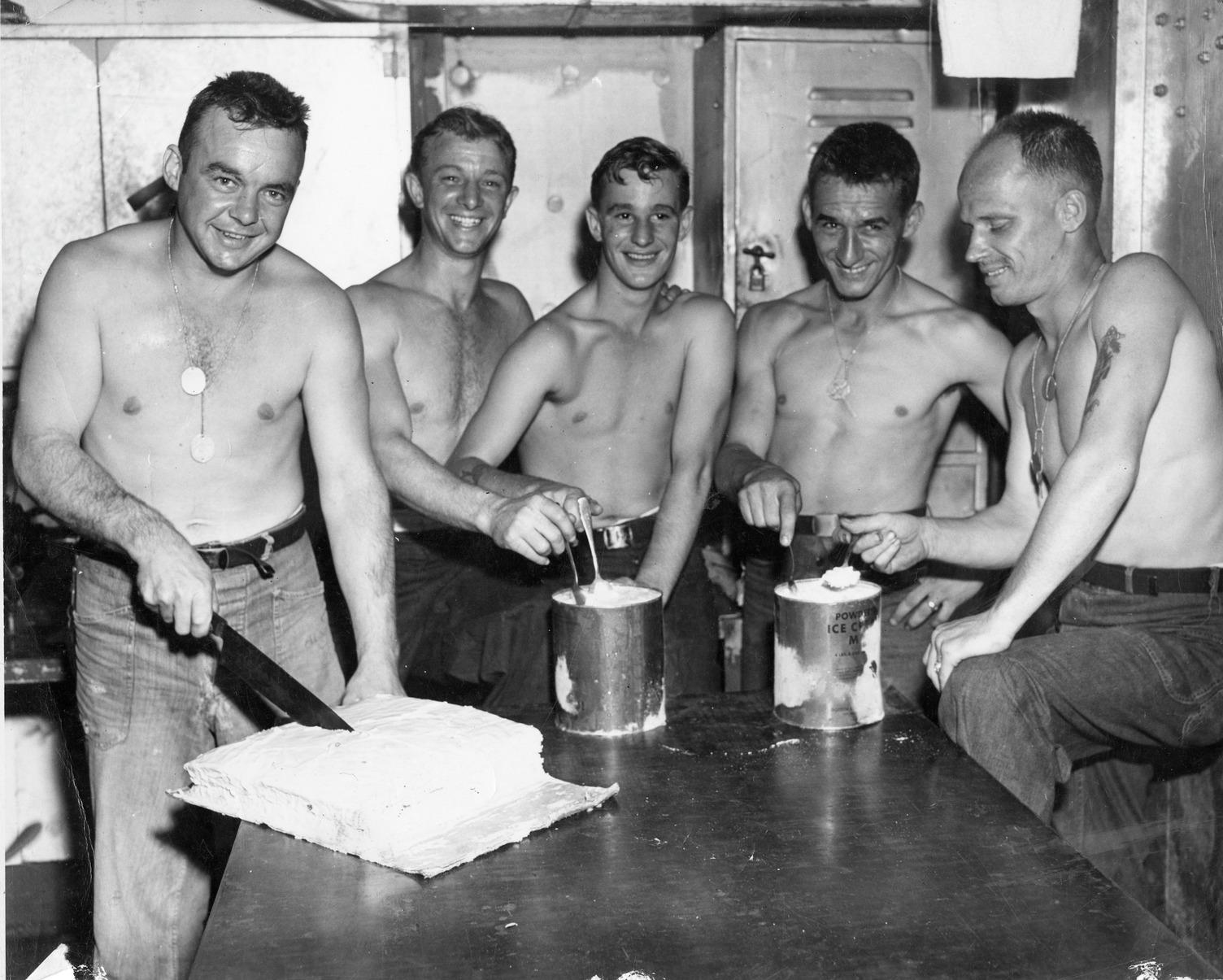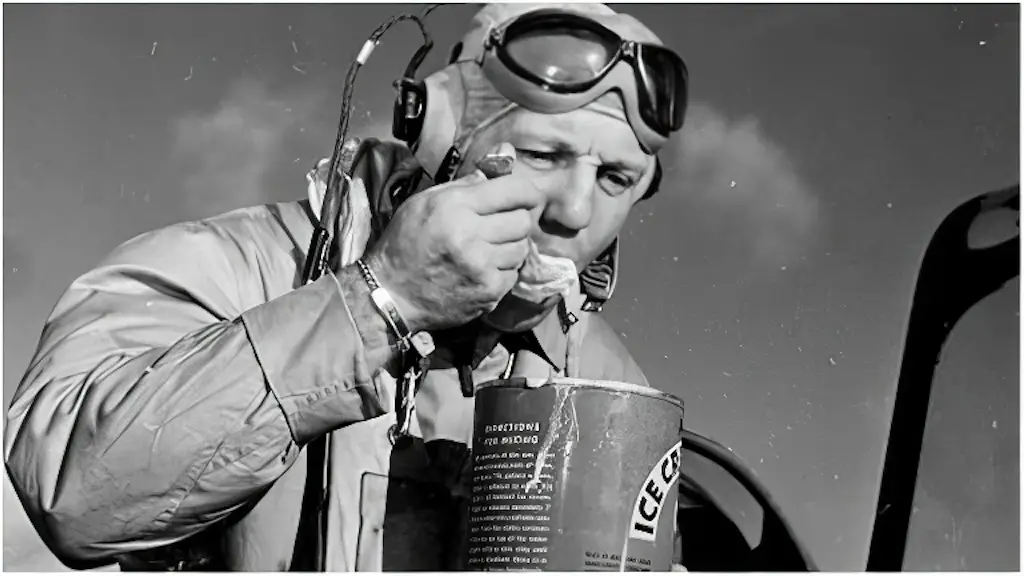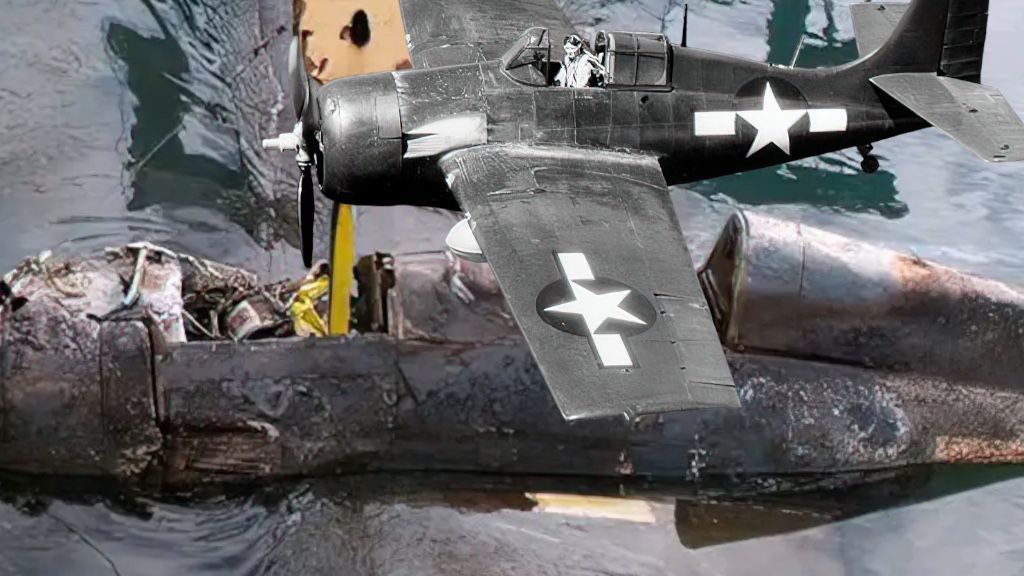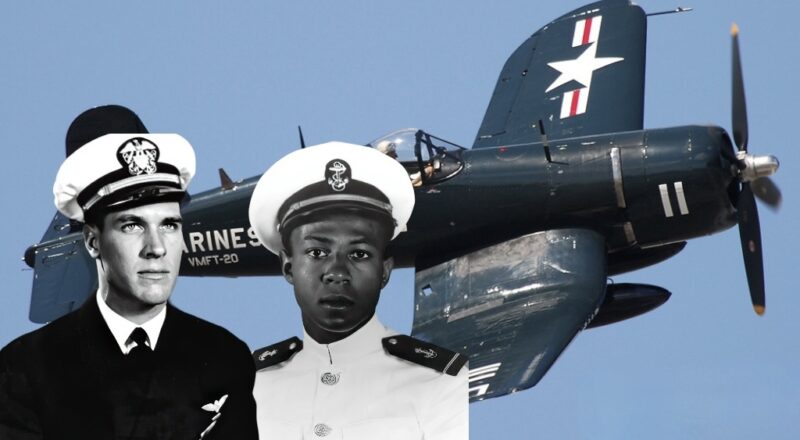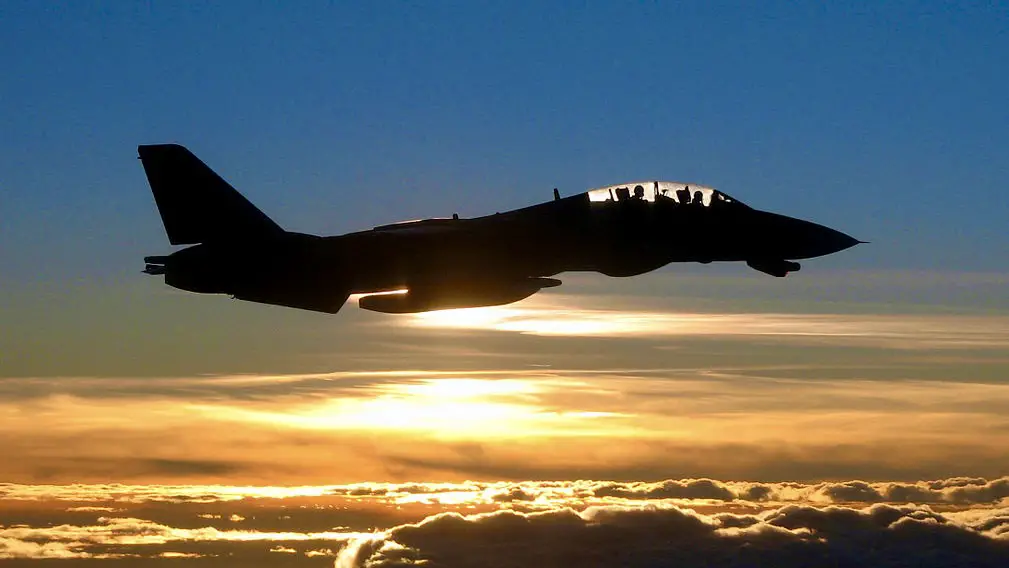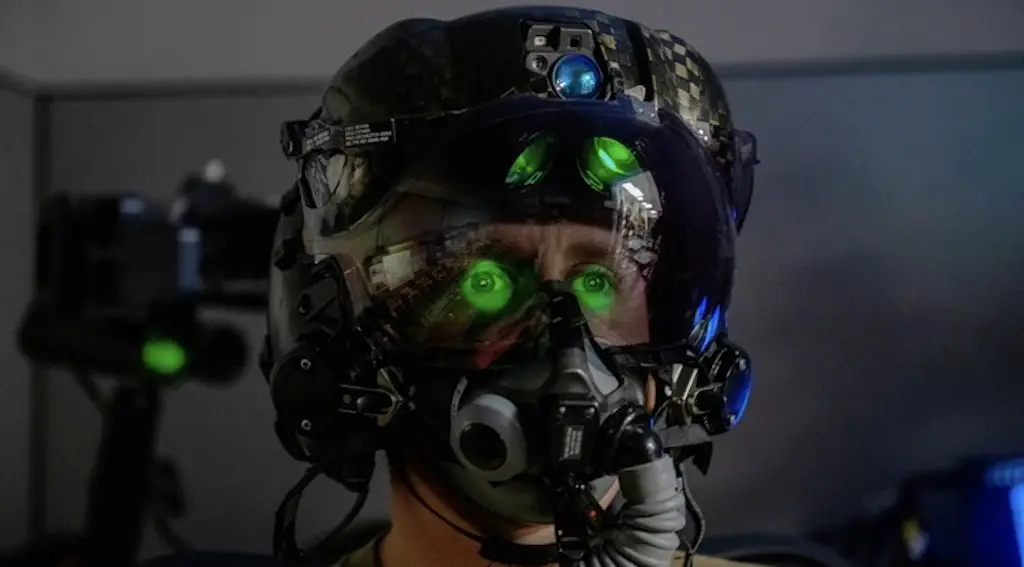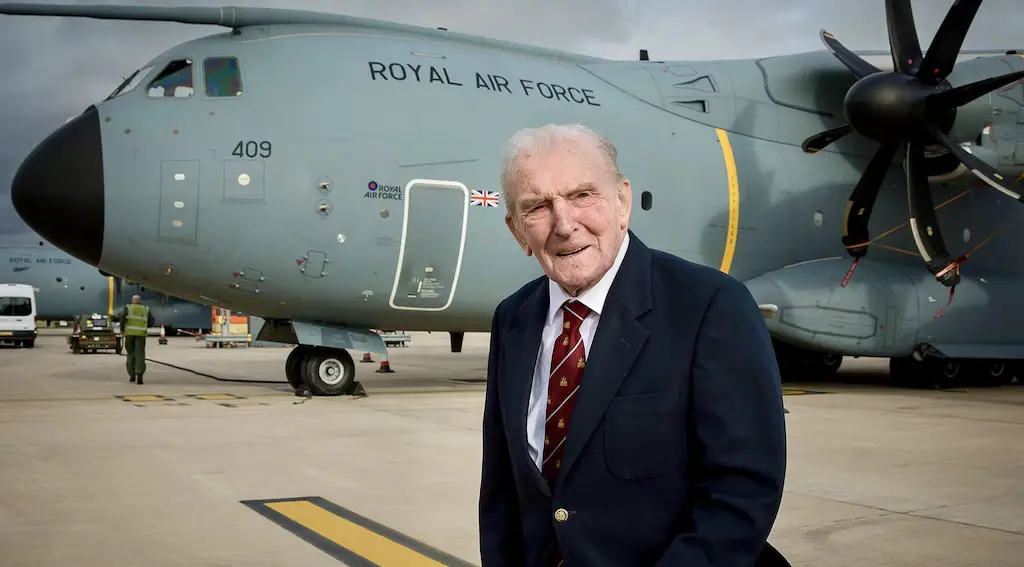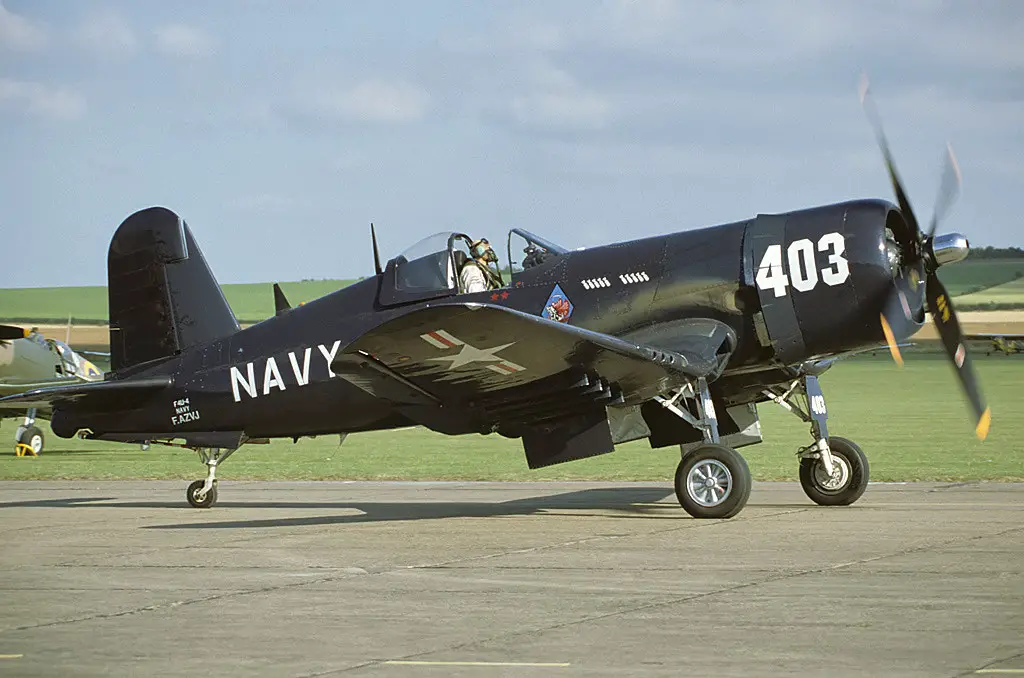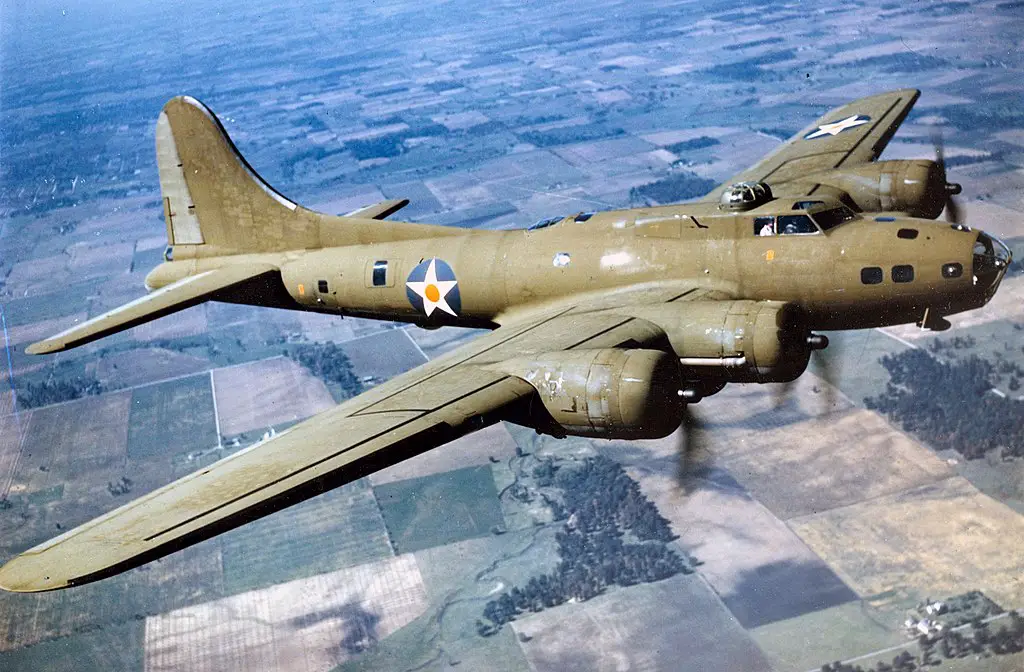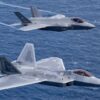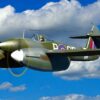A Dark Day Turns Sweet
July 1, 1914, marked a sad day for the US Navy. On this day, General Order Number 99 banned alcohol on all naval premises, casting a shadow over the spirits of many sailors. In search of comfort, they turned to an unlikely hero: sugar. Among the many sweet treats, ice cream emerged as the clear favorite, quickly becoming more than just a dessert; it was a slice of home, a morale booster in the tumultuous times of World War II.
As World War II intensified, the US Navy faced the challenge of maintaining high morale among its sailors. Despite sugar shortages, the Navy equipped every large vessel with a special room dedicated to storing ice cream. This sweet treat was served in the Gedunk bar, a snack bar aboard naval vessels, where sailors lined up eagerly for their share. It was clear: ice cream was in high demand.
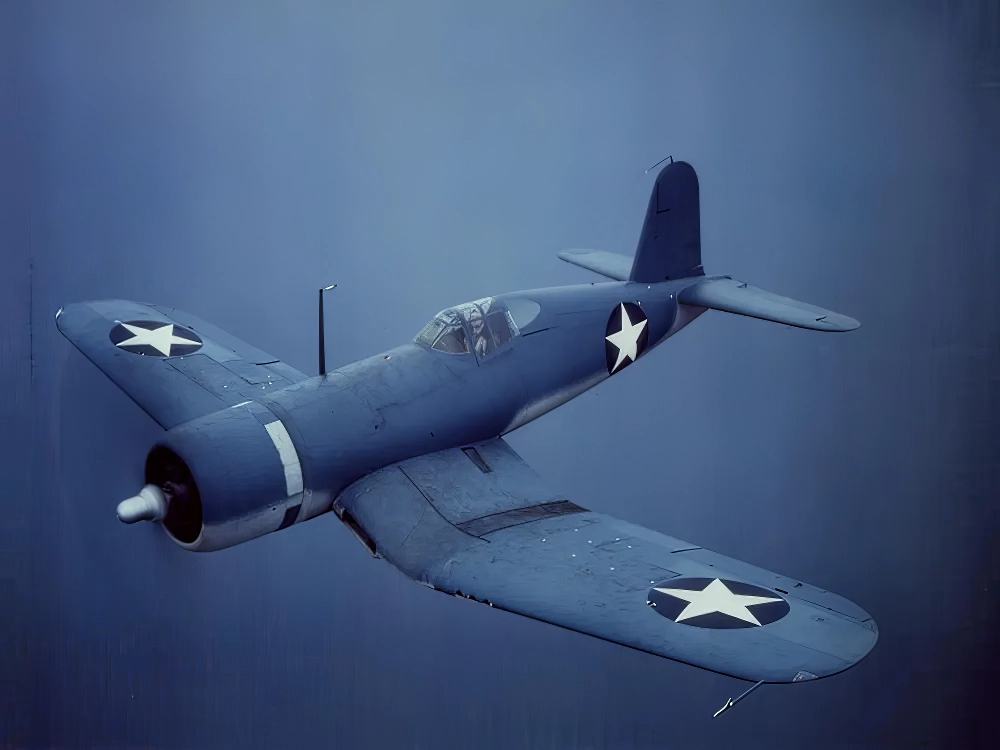
Morale on a Spoon
James Forrestal, the Secretary of the US Navy, recognized the power of ice cream. He saw it as an essential morale booster, so much so that he prioritized its distribution above all else. Forrestal’s memos, filled with serious discussions on ice cream, underscored its significance. He knew that something as simple as ice cream could have a profound effect on the men’s spirits, especially in the months leading up to the war’s end.
In July 1945, the Navy took its dedication to ice cream to the next level with the release of the Ice Cream Report. This comprehensive document detailed the supply of 48 million pounds of ice cream mix powder and the installation of around 48 ice cream machines across the Pacific fleet. It was an ambitious plan, aiming to ensure that sailors had their fill of this comforting treat.
Ingenuity at Sea
The story of J. Hunter Reinberg, a US Marine Fighter Squadron Commander, highlights the lengths to which the military went to provide ice cream. Faced with the challenge of making ice cream in the tropical heat of Peleliu in 1944, Reinberg’s team got creative. They converted waterproof cans used for storing .50-caliber bullets into makeshift ice cream churners, attaching them to the wings of a Corsair plane. After a short flight, they had successfully made 10 gallons of chocolate ice cream, much to the delight of Reinberg’s squadron.
The craving for ice cream wasn’t limited to the Navy. B-17 crews in Europe and the US Army in Germany also found ways to produce this treasured dessert. From churning ice cream in tail gunner’s turrets to setting up makeshift ice cream factories near the frontlines, every branch of the military found a way to indulge in this simple pleasure.
